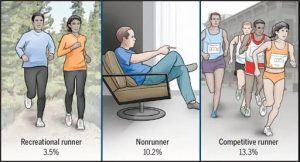
A person who often runs and exercises or a person who sits for a long time and does not exercise, who has worse knees?
Some people may feel that the knees will be under pressure when running. The more you run, the worse your knees will be. Although it is not good to sit for a long time, your knees do not need to exert force and will not be hurt.

In fact, sedentary hurts knees than running
The authoritative American medical journal Journal of Orthopaedic & Sports Physical Therapy,JOSPT published a study that sedentary exercise hurts the knee more than running exercise.
This study was led by a research team composed of researchers from the United States, Canada, Spain, and Switzerland. From 25 studies with a total of 125,81 people, 17 studies with a total of 114,829 people were selected for meta-analysis.
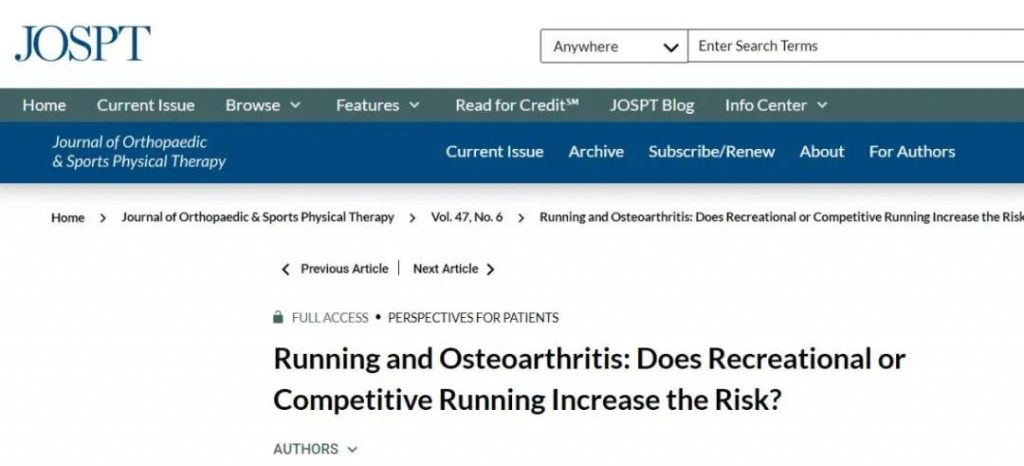
Excluding the interference of weight, age and other factors, after a series of adjustments and calibration, the differences in the incidence of hip and knee osteoarthritis among the amateur casual runners, the sedentary people, and the competitive runners were compared, it has found,
The incidence of arthritis among fitness runners was only 3.5%, while the incidence of arthritis among people who chose a resting lifestyle and sedentary lifestyle was 10.2%, and the incidence of arthritis among competitive runners was 13.3%. Objective data tell us that sedentary people are almost three times more likely to develop arthritis than people who regularly participate in health exercises.
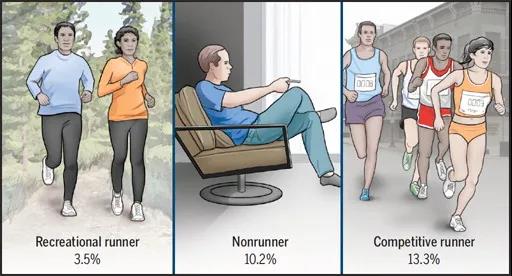
Why is it easier to hurt my knees after sitting for a long time?
1. There is a layer of transparent cartilage on the surface of our joint bones. This layer of cartilage is like a sponge with extremely small meshes. When we exercise, the body repeatedly squeezes the cartilage, prompting the cartilage to repeatedly squeeze and suck the synovial fluid like a sponge. In this process, the cartilage metabolic waste is discharged and at the same time the nutrients and oxygen in the synovial fluid are absorbed. The normal nutrient metabolism of cartilage depends on proper exercise.
2. Hyaline cartilage can be seen under the microscope that it is hierarchical. This normal hierarchical structure is also closely related to the stress stimulus to the cartilage.
It can be seen that proper and regular fitness exercise not only does not damage the joints, but also protects the joints.
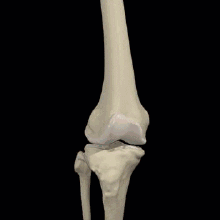
But all things must be moderate, excessive exercise will hurt the joints. When the following signals appear in the body, stop exercising and get enough rest.
Joint pain indicates that our exercise volume has exceeded the bearing range of the joints, and minor damages have occurred to both the joint capsule and the skeletal ligaments.
Athletic ability gradually declines, which is manifested as muscle soreness for no reason, strength, endurance, and physical fitness decline during exercise.
Extreme fatigue, if the day after exercise, muscle soreness can not be alleviated, or even continued for several days of low spirits, difficult to recover.
In addition to being sedentary, these movements also hurt the knee
01. One who doesn’t have any exercise habits suddenly power-walks
For people who don’t have any exercise habits and sit for a long time every day, the muscle strength of the legs is usually insufficient, and suddenly long-term walking is easy to make the knee joint position unstable.
Suggestion: Try to avoid big strides when walking, do not stretch your front legs too far, avoid stretching your legs or stepping forward with your knees, and let your body walk naturally, comfortably, and moderately.
02. Jump rope on hard ground
Many people are accustomed to skipping rope downstairs in the community. Generally, the floor of the community is concrete, which can’t buffer the impact of jumping and landing, and the impact on the knee joint is relatively large.
Recommendation: choose a cushioned ground such as a plastic track to reduce knee impact caused by jumping.
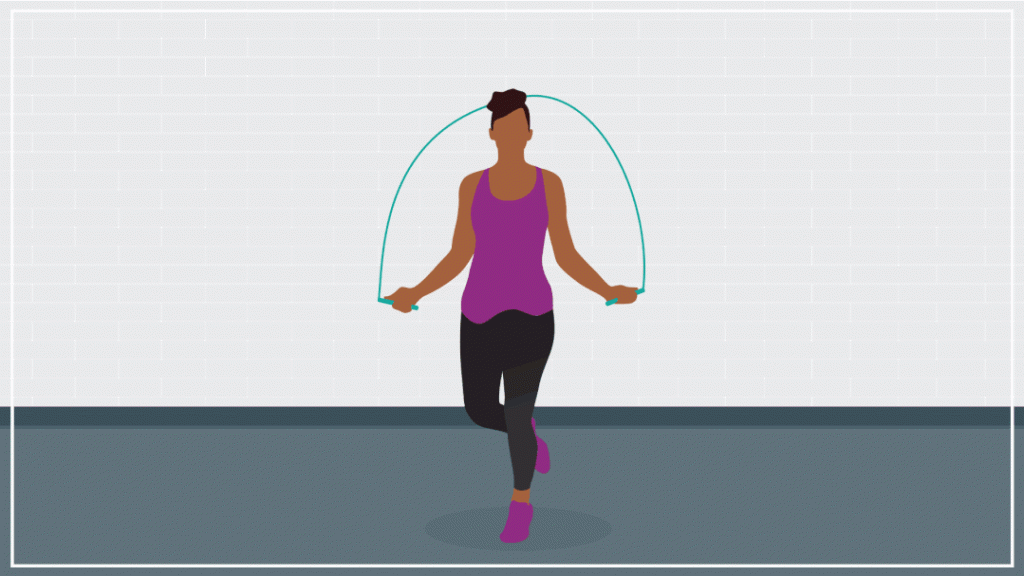
03. Bobby jumping is not standard
When doing jumping exercises, the knees will bear a lot of pressure, which is about 5 to 7 times that of walking. In particular, many people will jump into a state of exhaustion during the Bobby Jump. The more the body’s ability to control standard movements is reduced, the knees will be worn more obviously in the latter half of the journey.
Suggestion: for bobby jumping exercises, you must first focus on the standard of the movement, rather than rushing to complete the prescribed number.
04. Going down the stairs or the mountain too fast
When going down the mountain, the moment the foot hits the ground, the knee joint will withstand the recoil of the ground. The faster the speed, the greater the recoil.
Suggestion: You can use trekking poles to help you go downhill to relieve the burden on your knee joints. In addition, try to ensure that the entire sole of your foot touches the steps. If you feel uncomfortable in your knees, you can try to go downhill or downstairs sideways.
05. Riding a shared bicycle without adjusting the seat
The shared bicycle seat is not adjusted properly. If the position is too low, the legs will be very tired, and the knees will also be injured.
06. Sit cross-legged
When sitting cross-legged, the knee joint is in a flexed state. Under the action of gravity, it will bear the force of sinking, resulting in uneven internal and external force. Over time, the knee joint is also prone to deformity.
Suggestion: When sitting cross-legged, bend only one leg at a time, try to be as natural and comfortable as possible, and don’t force your feet down, which can reduce the damage to your knees to a certain extent.
07. Too long time squatting
When the squatting posture is greater than 90 degrees, the joint squeezing on the inner side of the knee will become larger, causing wear on the inner side of the patella.
Suggestion: Try to control the squat within 3 minutes.
Two signals to judge the quality of the knee joint
When the knee joint degenerates early, it is usually not red or swollen, and it is not painful or itchy when walking. But if the following conditions occur, be careful.
Unexplained pain when going upstairs or going downstairs
The knee joint is composed of three bones. The upper thigh is connected to the femur, the lower leg is connected to the tibia, and the middle is the patella.
When walking on a flat road, the weight of the body is mainly transmitted from the femur to the tibia. The patella in the middle has a small curvature and the weight is lighter, so it is painless. When going up and down the stairs, the knee joint has to overcome the body’s gravity and the impact of movement. In addition, the joint movement angle is large, repeated bending and straightening, the weight of the patella increases significantly, and the wear also increases.
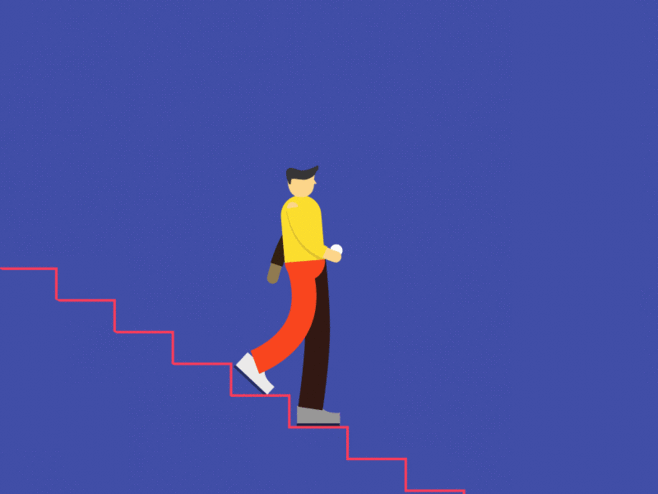
Originally, our articular surface is protected by smooth cartilage, and there is some lubricating joint fluid, but as we age, the cartilage gradually becomes rough and the joint fluid decreases. At this time, if the joints are heavily loaded and rubbed frequently, the nerve endings under the cartilage will be stimulated, causing pain.
It hurts only if you press it
This also shows that the cartilage surface layer has degenerated. After being pressed, the cushioning effect is reduced, and the protective effect of the patella is reduced, which is also a signal for distress of the knee joint.
6 things to extend knee life
Knee joints need to be saved and protected. And only that can extend their life.
01. Control your weight
Patients with knee arthritis due to overweight account for a large proportion of the affected population. Reducing weight can greatly reduce the burden on weight-bearing joints and reduce wear.
02. Exercise with control
The healthiest exercise program for joints is 30 minutes of moderate-intensity physical exercise every day, no less than 5 days a week.
Warm up before exercise, exercise and stretch appropriately. If you do strenuous exercise, the warm-up time should not be less than 10 minutes.
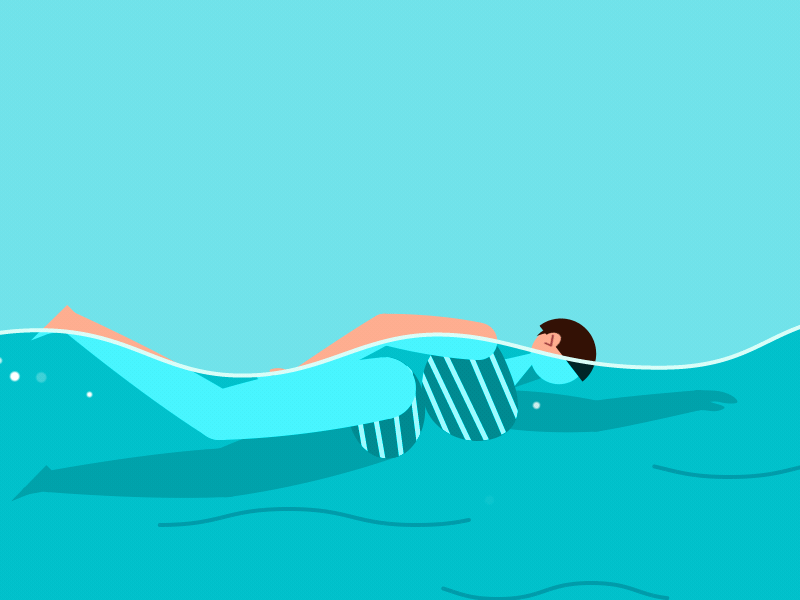
03. Keep your joints warm
Avoid knees suffering from cold and damp. Do not let the air conditioner or fan blow directly on the joints, and wear knee pads if necessary.
04. Calcium supplement
Especially women over 40 years old. When osteoporosis occurs, the joints are prone to disease, just as the foundation of a house is not strong, and the wall is easy to fall.
05. Shoes should be suitable
Whether it is walking or doing other sports, you must choose a suitable pair of shoes. Sneakers with elastic, slightly thicker soles and a wider heel are best for joints.
06. Avoid continuous force on joints
Try to avoid squatting. If you have to squat frequently in work, it is best to change to a low sitting position, such as sitting on a small bench. If you sit and stand for a long time, you should also change your posture frequently to prevent the knee joints from being strained by fixing them in one posture.
Comments